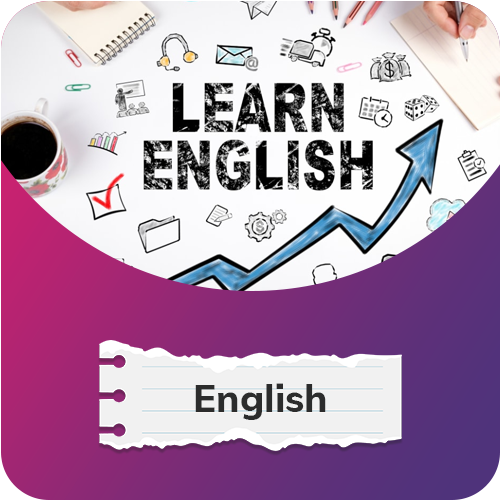
English is one of the most widely taught and essential subjects in school curricula around the world. It serves as both a foundational language of communication and a critical tool for academic advancement, creativity, and global engagement. From early childhood education through senior secondary grades, English evolves from basic literacy skills to complex analytical and literary competencies. In global curricula such as CBSE, ICSE, IB, British, American, and others, English plays a central role in developing linguistic fluency, cultural awareness, and cognitive flexibility.
The core purpose of teaching English in schools is to build a child's ability to read, write, listen, speak, and think critically in the language. As English is often the medium of instruction in international education systems and a global lingua franca, proficiency in it is essential for academic success, career development, and cross-cultural communication.
English education fosters not only language skills but also nurtures empathy, imagination, and ethical reasoning. Students learn to interpret diverse perspectives, engage with global literature, and communicate effectively across disciplines and cultures.
Throughout all grades and curricula, English builds:
It also serves as the foundation for academic writing in science, social studies, and humanities, making it the gateway subject to broader learning.
In the foundational years, English instruction focuses on early literacy, including:
Children are introduced to picture books, rhymes, storytelling, and oral expression. Interactive play, singing, and visual aids support reading readiness and foundational writing.
The aim is to instill a love for language while developing the basics of reading fluency and written expression. Curricula like EYFS (British), IB PYP, and American Pre-K/Kindergarten emphasize language through exploration, play-based learning, and storytelling.
As children progress, the focus expands to include:
They begin to read short stories, poems, and factual texts. Students are taught how to infer meaning, use punctuation properly, and structure their writing into paragraphs. The ICSE and British curricula begin emphasizing grammar and vocabulary acquisition more formally during this stage.
Creative expression and reading fluency are key outcomes, along with the ability to articulate ideas clearly in both spoken and written forms.
These years mark the transition from learning to read to reading to learn. Students engage in:
Curricula such as CBSE and ICSE introduce detailed literature readers and workbooks to reinforce grammar, comprehension, and writing. British (Cambridge and Edexcel) and American (Common Core) systems introduce literary genres, media literacy, and research skills.
In the IB MYP, English becomes a tool for conceptual learning, with focus on the global contexts and personal expression, linking language with society and identity.
At this stage, students are expected to:
Curricula diverge based on academic rigor:
Students are taught to write thesis-driven essays, use citations, and evaluate sources of information—a skill set that supports academic writing across subjects.
English reaches its most academic and intellectually demanding form in the senior years. Students are required to:
Curricula include:
By the end of Grade 12, students are expected to produce cohesive, structured, and well-argued essays and reflect critically on the power and purpose of language.
In multicultural settings, students often learn English as:
Curricula adapt accordingly. For example:
Teaching methodologies vary but commonly include:
Differentiated instruction ensures that students of all proficiency levels are supported through scaffolded tasks, rubrics, and formative assessments.
English is far more than a subject—it is a lens through which students view the world, express their thoughts, and engage with knowledge across disciplines. Whether in a CBSE school in India, an IB school in the UAE, a Cambridge school in the UK, or a public school in the US, English anchors education in communication, creativity, and comprehension.
Its role in shaping students into articulate, empathetic, and analytical global citizens cannot be overstated. As education systems evolve, English continues to expand beyond traditional boundaries—embracing digital media, global literature, intercultural dialogue, and student voice.